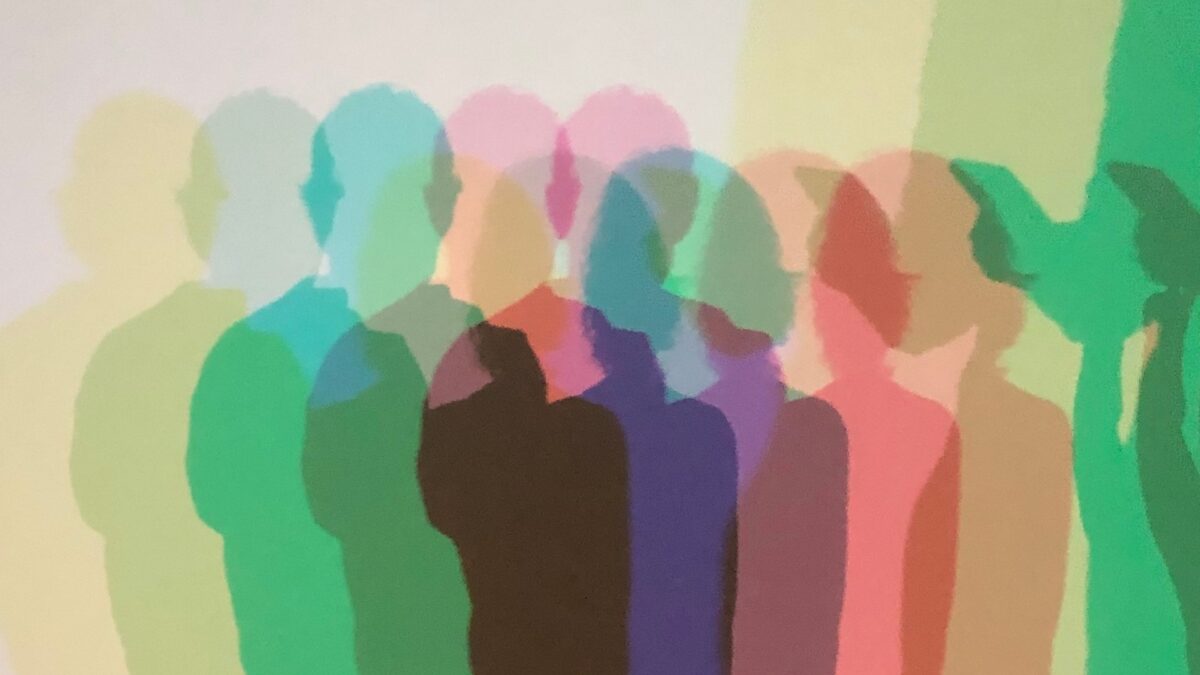Hidden Biases
«A good portion of right-thinking people (the other kind I won’t even mention) are still ‘subliminally racist, sexist without even being aware of it and discriminate against others on the grounds of their sexual orientation’”

Paz Juristo | cedida por la autora
I would like to comment on something that may very well surprise you, dear reader: you make the wrong decisions, unfair and discriminatory ones, based on prejudices lodged in your subconscious, and you are not aware of it.
Now that I have your attention, with my provocative overture, I will explain myself.
A good portion of right-thinking people (the other kind I won’t even mention) are still “subliminally racist, sexist without even being aware of it and discriminate against others on the grounds of their sexual orientation”, without even really being conscious or guilty of it (that is why I place the charges in quotation marks). This phenomenon is known as unconscious bias or hidden bias, and it is nothing more nor less than an erroneous interpretation of available information; it exerts influence on the way we process thought, form judgements and take decisions that go against a minority group. The concept of cognitive bias was introduced in 1972 by the Israeli psychologists Kahneman and Tversky. These stereotypes hidden within us which affect our decision making have their origin in the way we have been brought up, in the support we have received by a specific majority while growing up, and in our being anchored in old paradigms. This partiality in the choices we make is not our fault and it is not a conscious decision. We do not, therefore, have to flagellate ourselves for harboring this in our psyche since we were young. But we do, on the other hand, have to make an effort to reflect on this and to accept that the bias exists. One must realize that the only way to eliminate bias is to begin by admitting that it exists and to face it squarely. It’s like the addict who must first recognize that he has a problem in order later to detoxicate himself
Many readers will be shaking their heads emphatically in the conviction that none of this has anything to do with them. That’s why I want to bring into the discussion a quotation from the journalist and writer Malcolm Gladwell: “when we make a decision in a split second, […] we are very apt to let ourselves be carried away by our stereotypes and prejudices, even by those that we no longer necessarily back or believe in. The empirical proof that such things exist has a scientific basis. And it is found in the work of Greenwald and Banaji (Harvard University), who developed an Implicit Association Test (IAT) to show how the mind works without people knowing exactly how it does. As Banaji put it in a recent interview, “the test measures the disparity between what a person says and what we see inside that person’s brain and how it behaves.” The IAT has been conducted more than 14 million times, producing surprising results.
I’d like to illustrate my point of view with a few concrete examples, some scientific and one (the first) more homsepun, to help illustrate this reality. I begin by recalling the magnificent film Guess Who’s Coming to Dinner, the classic by Stanley Kramer, with Sidney Poitier in the leading role (the first African-American to win an Oscar in 1964). In the film a young white woman with progressive ideas brings her boyfriend home to dinner with her parents (self-proclaimed liberals and fighters for equal rights), so that they can meet him, but neglecting beforehand to tell them what “color” his skin was. Liberal theory is one thing and real life practice is another, for both parents are filled with fear over the challenges that a “mixed-race” couple must face for the rest of their lives. It is incredible and shameful that in 1967, when the film was released in the US, interracial marriage was still banned in fourteen states. I recommend that you see the film again and, putting yourself in the father’s shoes—belonging to the great Spencer Tracy in the film, or in those of the young Sydney’s parents, think about what was probably going on in their minds. “The thing is that you consider yourself a colored man, and I consider myself a man,” Sydney Poitier says at one point in the film, addressing his father. Fifty-two years after its release I think the movie’s message is still totally relevant. See the film and ask yourselves this question. Bias exists, it is under the surface.
Other more scientific examples are the different studies in the US that show that a job applicant with a patently African-American name needs to send out 50% more CVs to get a call for a job interview than another candidate with a name that is to all appearances more white. In another study, to which I had access in a seminar organized on the topic by my bank (which opened my eyes to this fact) and in another exercise, similar to the first one, it was shown that an African-American applicant had the same chances of getting a job offer as a white applicant but … one with a police record!
On another front, there are studies that show that there exists an unconscious bias in favor of men in the workplace and that this prevents a woman from advancing in her profession. For example, there are studies in which it is shown that if they could choose the sex of their boss, a majority of men and women would choose a man, But what can the sex of a person make when it comes to carrying out professional responsibility?
Personally I think biases are very difficult to avoid or erase altogether because they form part of our genetic code or more exactly part of what we have acquired in evolution. After centuries of evolution our minds have learned to detect minimal differences rapidly in order to identify risks to our bodily integrity. The proof of this is a study by the University of Virginia professor Timothy Wilson which estimates that when faced with any decision we receive about eleven million bits of information stimuli at the same time but that we can only process some forty pieces of data simultaneously. If we had to process all this information in order to react in case of danger, the “lion would devour us in the wink of an eye!” That is why our brain not only relies on concrete data that we have before us but also uses our experience, history and perceptions in order to react. And, cinching the problem, our upbringing and culture do the rest. There is no doubt, therefore, that we harbor these hidden biases and that we should recognize that we have often made mistakes in our past decision making. This subliminal, latent, and silent discrimination not only takes place with respect to skin color or sex but also with respect to one’s physical apearance, body weight and age, among many other things. Doctors Banaji and Greenwald, the creators mentioned above of the “IAT”, explain in their book Blind Spot: Hidden Biases of Good People that it’s a matter of mental habits that lead us to make unfair decisions and that if we are conscious of them we will be better people.
The question that you, a reader convinced of the validity of my arguments, will surely now ask is: what can I do about this?
The first thing we ought to do is to recognize and accept that hidden bias exists and that it is lodged in our subconscious (if you have time, take the IA test and you will be in for a surprise: https://implicit.harvard.edu/
As the American writer Maya Angelou said, “prejudice is a burden that confuses the past, threatens the future and makes the present inaccessible.”

